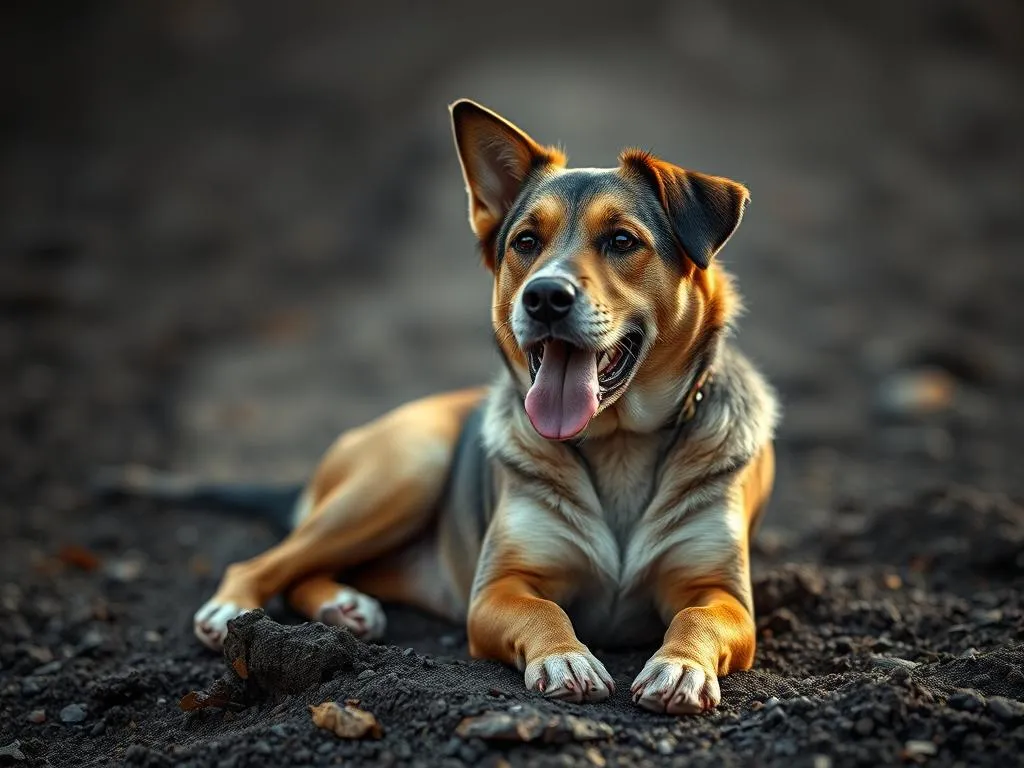
Introduction
Nutrition plays a pivotal role in the health and well-being of our canine companions. Among the many essential nutrients dogs require, iron stands out for its crucial functions, including oxygen transport and energy metabolism. Without sufficient iron, dogs can experience a range of health issues, primarily due to its involvement in hemoglobin formation.
Statistics show that iron deficiency is not uncommon in dogs, particularly in those with specific dietary restrictions or health conditions. This article will explore the best sources of iron for dogs and provide guidance on how to incorporate these sources into their diets, ensuring your furry friend stays healthy and vibrant.
Understanding Iron in Dog Nutrition
Importance of Iron
Iron is integral for several bodily functions. It is a key component of hemoglobin, which is responsible for transporting oxygen from the lungs to various tissues throughout the body. Additionally, iron supports the immune system, helping dogs fend off infections. Symptoms of iron deficiency in dogs can include fatigue, weakness, and pale gums, signaling that it’s time to reevaluate their diet.
Types of Iron
There are two primary types of iron: heme iron and non-heme iron.
- Heme iron is found in animal products and is more readily absorbed by the body.
- Non-heme iron is found in plant-based foods and is less efficiently absorbed.
For dogs, incorporating both types into their diet can help meet their iron requirements effectively.
Recommended Daily Allowance (RDA) of Iron for Dogs
The recommended daily allowance of iron can vary based on the dog’s life stage. Generally, the RDA is as follows:
- Puppies: Approximately 7 mg/kg body weight
- Adult dogs: Around 1 mg/kg body weight
- Senior dogs: Similar to adult dogs, but may require adjustments based on health status
Factors influencing iron needs include breed, size, and activity level, which should be considered when planning a dog’s diet.
Best Sources of Iron for Dogs
Animal-Based Sources
Red Meat
Red meat, particularly beef and lamb, is one of the richest sources of heme iron for dogs. These meats not only provide high levels of iron but also offer essential amino acids and vitamins.
Preparation tips for serving red meat to dogs:
- Always cook the meat thoroughly to eliminate harmful bacteria.
- Trim any excess fat to prevent digestive issues.
- Avoid seasoning with salt or spices.
Poultry
Chicken and turkey are also excellent sources of iron. While they contain slightly less iron than red meat, they are leaner options that many dogs enjoy.
Safe cooking methods for dog consumption include:
- Boiling or baking without added fat or seasoning.
- Ensuring that the meat is fully cooked, especially near the bone.
Fish
Certain types of fish, such as salmon and sardines, are not only rich in iron but also provide omega-3 fatty acids, which are beneficial for skin and coat health.
When serving fish to dogs, consider the following:
- Ensure the fish is cooked, as raw fish can contain parasites.
- Remove any bones to prevent choking hazards.
Plant-Based Sources
Leafy Greens
Spinach and kale are great sources of non-heme iron. They also provide antioxidants and vitamins that support overall health.
Suggested serving sizes and preparation:
- Steam or lightly cook greens to enhance digestibility.
- Chop finely to make it easier for your dog to eat.
Legumes
Lentils and chickpeas are rich in iron and fiber, making them a nutritious addition to a dog’s diet.
How to properly prepare legumes for dogs:
- Cook thoroughly, as raw legumes can be difficult for dogs to digest.
- Mash or puree to make them easier to consume.
Fortified Grains
Some grains, like oats and quinoa, may be fortified with iron. They can be a good option when fed in moderation.
Discussing the importance of moderation:
- Grains should not constitute the majority of a dog’s diet.
- Balance with animal protein sources to ensure a complete nutritional profile.
Incorporating Iron into Your Dog’s Diet
Balanced Diet Considerations
A well-rounded diet is essential for dogs, ensuring they receive not only iron but also other vital nutrients. It’s important to balance iron sources with proteins, fats, and carbohydrates to support overall health.
Homemade Dog Food Recipes
Creating homemade meals can be a great way to ensure your dog is getting enough iron. Here are a couple of simple recipes:
Iron-Rich Beef Stew
- Ingredients: Lean beef, carrots, peas, and spinach.
- Preparation: Cook beef until browned, add chopped vegetables, and simmer until tender.
Chicken and Quinoa Bowl
- Ingredients: Chicken breast, quinoa, kale, and sweet potatoes.
- Preparation: Cook chicken thoroughly, prepare quinoa as per package instructions, and mix with steamed kale and sweet potatoes.
Commercial Dog Food Options
When considering commercial dog foods, look for those high in iron content. Many premium brands offer formulations specifically designed to meet a dog’s nutritional needs.
How to read labels to choose iron-rich commercial diets:
- Check for meat-based ingredients listed as the first item.
- Look for labels that mention fortified with iron or other nutrients.
Monitoring Iron Levels in Dogs
Signs of Iron Deficiency
It’s crucial to monitor your dog’s health for signs of iron deficiency, including:
- Fatigue and lethargy
- Weakness or decreased activity levels
- Pale or yellowish gums
If you notice these symptoms, it’s essential to consult a veterinarian for advice.
Regular Check-Ups
Routine blood tests can help monitor a dog’s iron levels. The recommended frequency for these tests varies:
- Puppies: Every 6 months until they reach adulthood
- Adults: Annually, or as advised by your vet
- Seniors: Every 6 months, or more frequently if health issues are present
Consultation with a Veterinarian
Always consult with a veterinarian before making significant dietary changes. A professional can help tailor a diet plan that meets your dog’s specific needs.
Potential Risks of Excess Iron
Iron Toxicity in Dogs
While iron is essential, too much can lead to toxicity. Symptoms of iron overload include:
- Vomiting
- Diarrhea
- Lethargy
Common causes of excess iron intake include over-supplementation and excessive consumption of iron-rich foods without balance.
Safe Serving Sizes
Guidelines for how much iron is too much can vary. Generally, it’s best to stick to natural food sources and avoid iron supplements unless prescribed by a veterinarian.
Tips for avoiding over-supplementation:
- Monitor the total iron content from all sources.
- Balance iron-rich foods with a variety of other nutrients.
Conclusion
The importance of iron in a dog’s diet cannot be overstated. By focusing on the best sources of iron for dogs and ensuring a balanced diet, you can significantly contribute to your dog’s overall health and vitality. Regular veterinary consultations will help in making informed dietary choices, ensuring your furry friend thrives.









